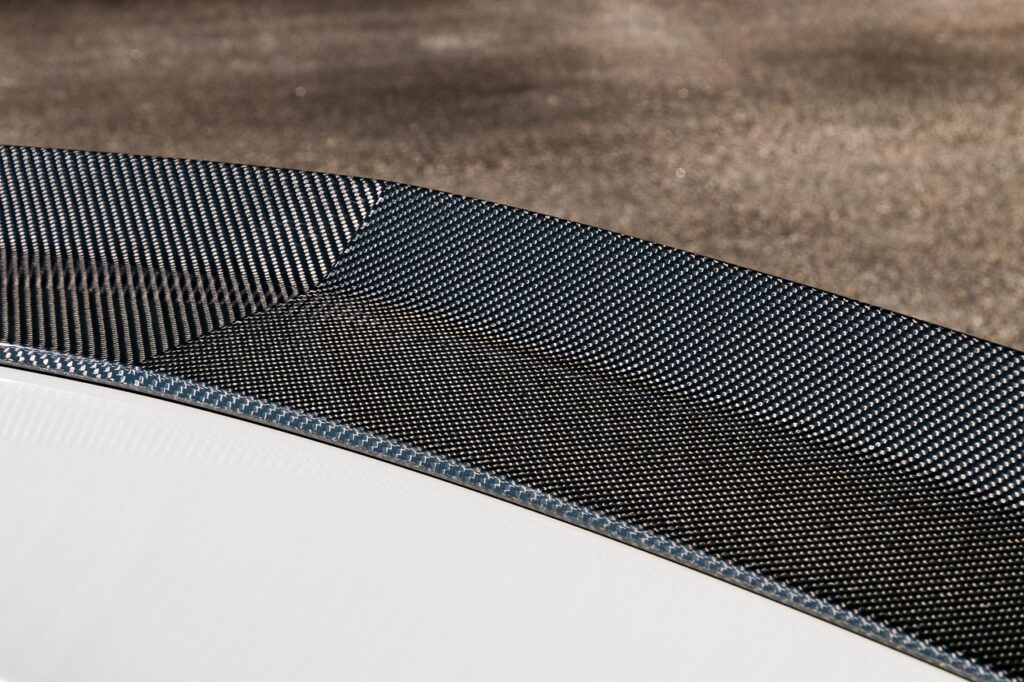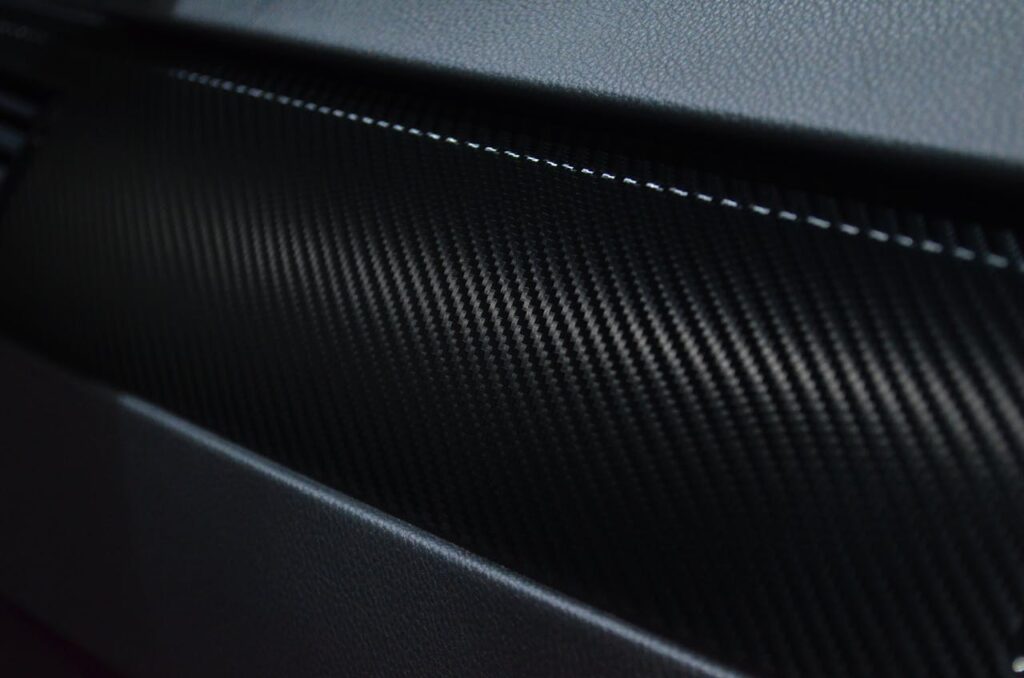Building Stronger Boats with Carbon Fiber

Carbon fiber is making waves in boat building, offering unmatched strength and innovation. Known for its lightweight yet durable properties, this material is changing the way we think about marine construction. Boats crafted with carbon fiber are not just stronger; they are more efficient and longer-lasting, providing a better experience on the water. Imagine sailing […]
Using Carbon Fiber for Strong Custom Prototypes

Creating strong and precise prototypes is essential in turning ideas into reality, and carbon fiber is a crucial material in this process. Known for its incredible strength and lightness, carbon fiber allows us to produce custom prototypes that are both durable and efficient. This helps in various fields, from automotive and aerospace to medical devices […]
Easy Guide to Understanding Carbon Fiber

Carbon fiber is an amazing material known for its strength and light weight. This makes it highly popular in various industries. From cars to airplanes, and even sports equipment, carbon fiber is everywhere. Understanding this material can help you see why it is so valuable. Carbon fiber is not just a single material. It’s actually […]
How Carbon Fiber Makes Your Ideas Come to Life

Carbon fiber is a remarkable material that plays a crucial role in modern innovation. Known for its strength and light weight, it is used in many different fields to turn creative ideas into tangible products. From aviation and automotive industries to sports equipment and medical devices, carbon fiber makes a big impact everywhere. Its unique […]
Understanding Composite Materials: A Beginner’s Guide

Composite materials are everywhere, even if we don’t always notice them. From the cars we drive to the sports gear we use, composites play a big role in creating strong, durable, and lightweight products. But what exactly are composite materials? Understanding them can help us appreciate the technology that goes into making some of our […]
All About Carbon Fiber: Big and Small Projects

Carbon fiber is an amazing material that has changed the way we build and design items. It is known for being super strong and very light. This makes it a top choice for many different types of projects, big and small. Whether it’s used in making powerful car parts or cool tech gadgets, carbon fiber […]
The Magic of Carbon Fiber: From Ideas to Reality

Carbon fiber is a material that sparks the imagination. It’s used in many different industries, from sports to aerospace, making it a vital part of modern innovation. But what exactly is carbon fiber, and why is it so amazing? Understanding this material can help us see how it turns simple ideas into groundbreaking realities. Made […]
Mastering Projects of All Sizes with Carbon Fiber

Carbon fiber has become a game-changer for projects of all sizes. This remarkable material is both strong and lightweight, making it ideal for various applications. Whether working on a small prototype or a large-scale production, carbon fiber delivers exceptional performance and durability. One of the unique features of carbon fiber is its versatility. It can […]
Common Uses of Carbon Fiber in Modern Applications

Carbon fiber is an incredible material that has taken many industries by storm. Known for being lightweight yet very strong, it’s used in products ranging from airplanes to sports equipment. But what exactly is carbon fiber, and why is it so special? Understanding its common uses helps us see why it’s so widely adopted and […]
Choosing Carbon Fiber for Stronger, Lighter Projects

Choosing the right material for your project is essential. If you’re looking for something that’s strong, lightweight, and versatile, carbon fiber is hard to beat. More and more designers and engineers are turning to carbon fiber because it offers a combination of properties that other materials just can’t match. Carbon fiber is known for its […]
